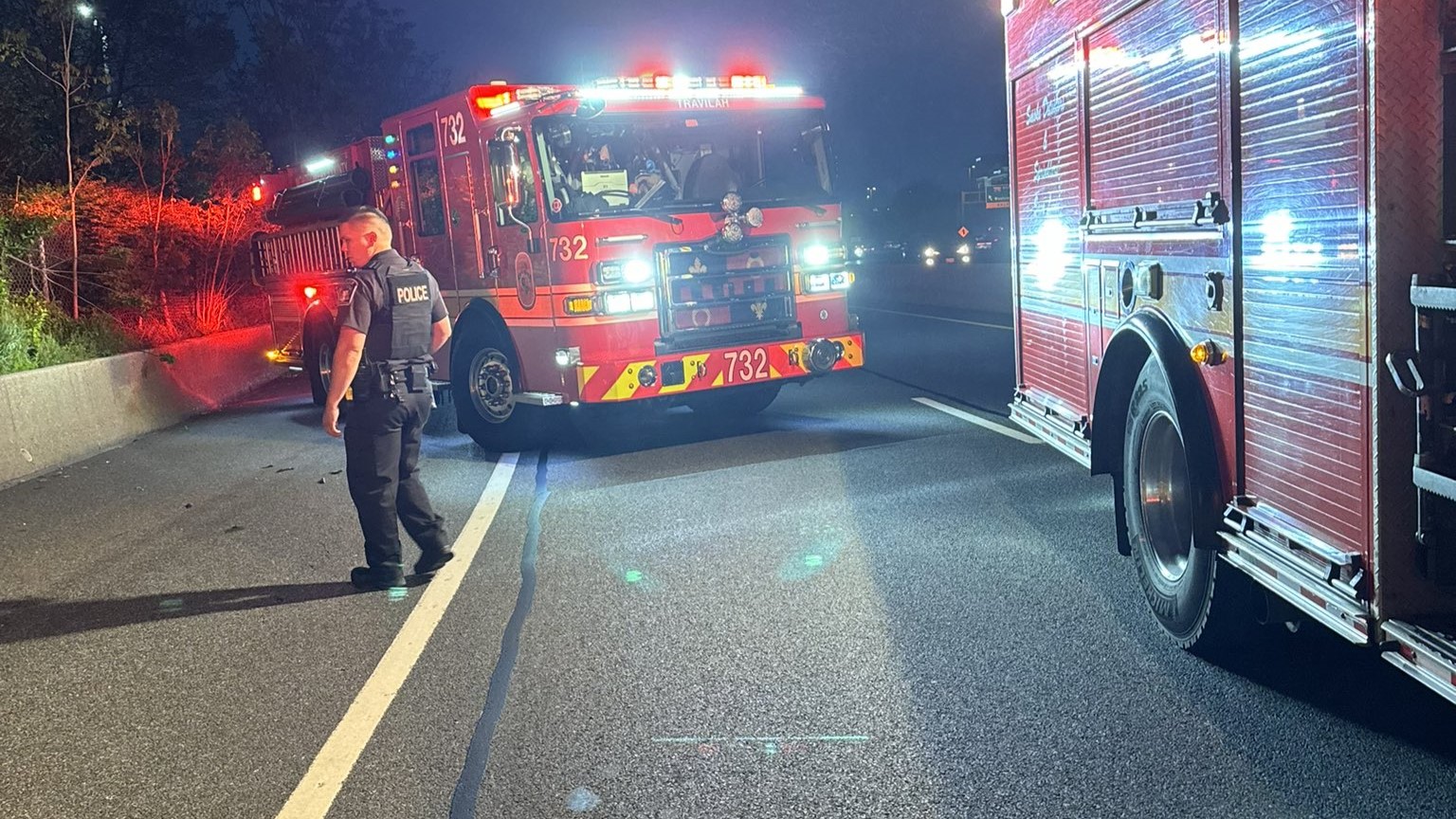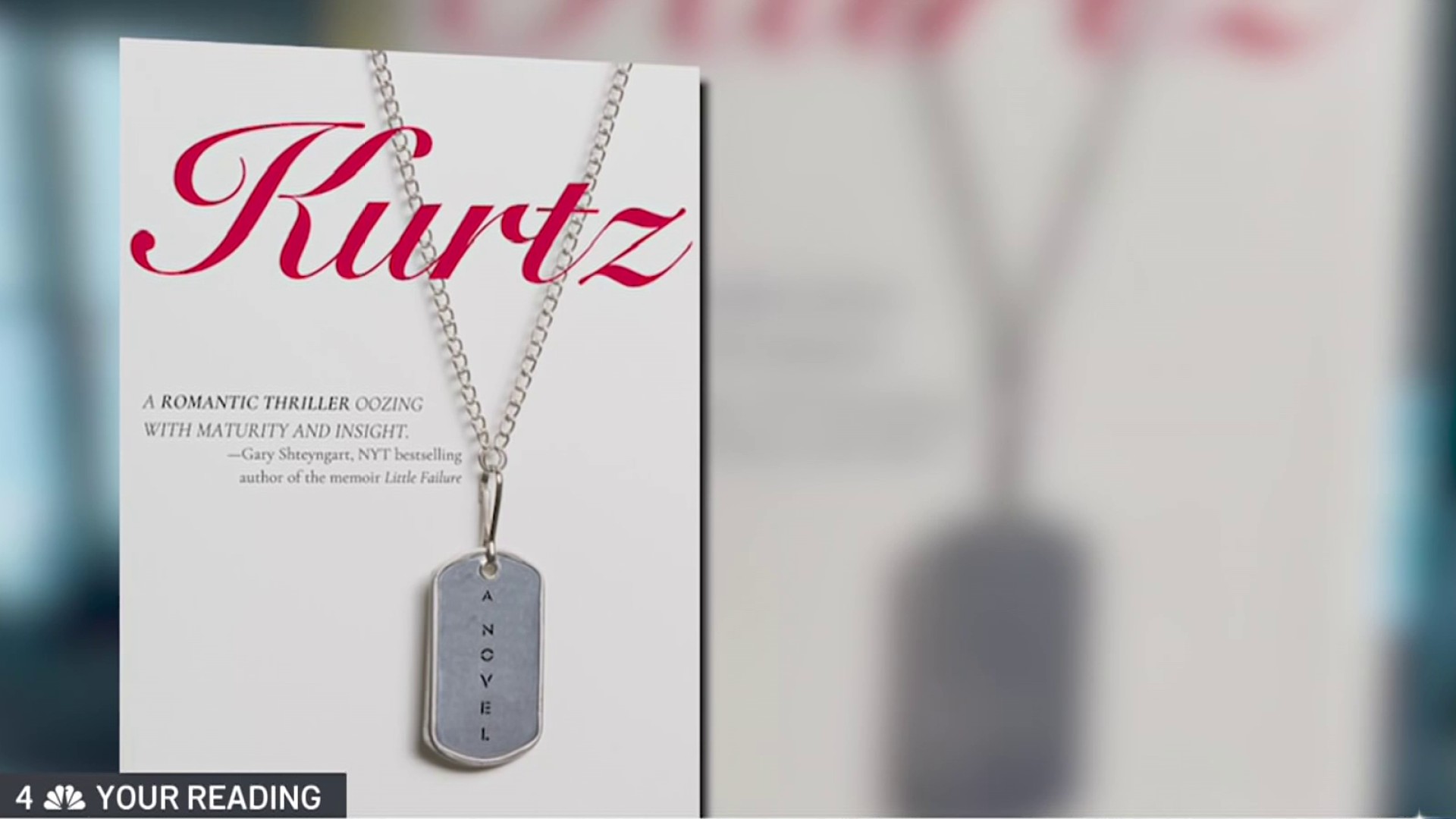Metro's responses to the I-Team's questions about their AEDs.
1. Was there a decision to move the AEDs? If so, when did it happen? Was there a specific reason (I’m assuming it’s something like vandalism or the like).
Prior to 2011 WMATA had a limited number of AEDs in rail stations, mainly in the DC core and at a handful of stations on the Orange Line. In 2011 WMATA voluntarily decided to upgrade our AED program and place an AED at the entrance to each station so each Metro station would have a minimum of one AED. A decision was made to house them in the kiosks because the kiosk afforded a climate controlled environment for the AED, which can be negatively affected by the extreme heat and cold at some stations, rendering them inoperable. The kiosk is also where the station manager, WMATAs first responder, is located. In an emergency having a common, standardized location assists the station managers who can work at multiple stations on a daily basis.
2. Where can people find AEDs along the Metro line? Does every station have one? Do buses have them? We hadn’t looked but figured we ought to ask.
Every station has an AED located at the kiosk associated with each entrance. For instance Metro Center has 4, Gallery Place 3 etc. The AED’s are visibly hung in the kiosks and all kiosks have an AED decal on them. In addition every station manager and supervisor is trained on the use of an AED during their initial first aid & CPR training. They are recertified every two years. Currently we have approximately 600 station managers and 90 supervisors who are trained. Vehicles (buses, trains) do not have AEDs.
3. The Mongtomery County Fire Chief and some studies say that AEDs out to be in the most public, visible, accessible places possible so people know they’re there and can actually access them. Mogo’s chief told us on camera that if someone has to call for security, or wait for someone to unlock a box, that can take an extra minute or two, which actually matters in these types of rescue efforts. So he would like them to be in boxes like you have on the walls but now appear to be empty…would love a response to that obviously.
See answer 1.
Local
Washington, D.C., Maryland and Virginia local news, events and information
4. How often are they charged and checked?
Station managers are responsible for checking the AED daily and noting that on the Station Inspection Form, which they sign. In addition, the WMATA Office of Emergency Management provides monthly check of each AED on the system. All AEDs are tracked in Metro's asset tracking system, which records the monthly check and provides automatic notice when the battery pad pack is due for replacement. If an AED is reported as used or inoperable, it is typically replaced immediately or first thing in the morning if reported late at night but always within 24 hours.
5. Have you actually used an AED in recent years? Was it successful – did the person(s) survive? Whatever details you can provide without violating privacy would be greatly welcomed!
AEDs have been used several times in recent years. An AED was used at the Rosslyn Station in Sept 2012 resulting in a viable patient being turned over to the EMS and who was later reported in stable condition at an area hospital.



